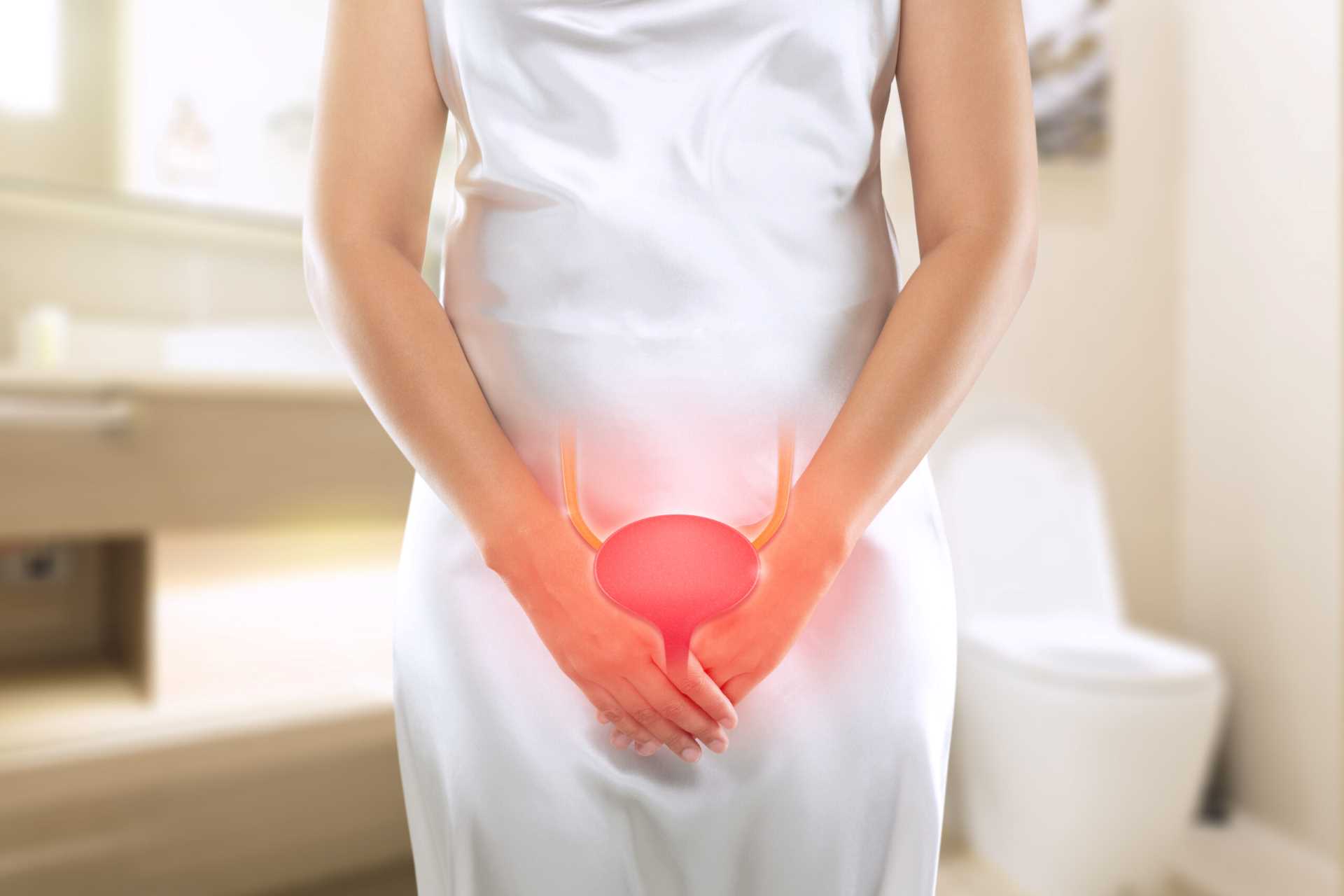
Key facts
- Urinary incontinence, or poor bladder control, is very common.
- There are different types of urinary incontinence, each with different causes and treatments.
- Lifestyle changes or physiotherapy can often cure or improve the condition.
- Symptoms can range from occasionally leaking some urine, to wetting yourself.
- Planning ahead can make living with urinary incontinence much easier.
Urinary incontinence
What is urinary incontinence?
Urinary incontinence, or poor bladder control, is very common in Australia. It affects children, men and women, but is most common in older people.
If you have trouble controlling your bladder, a simple lifestyle change or physiotherapy may be all that’s needed to cure or improve it.
Types of urinary incontinence
There are different types of urinary incontinence, each with different causes and treatments:
Stress incontinence: Someone leaks small amounts of urine when they cough, sneeze, laugh or play sport. This happens because increased pressure inside the tummy presses down on the bladder.
It’s more common in women around the time of childbirth or after menopause. It can also happen in people who have diabetes, a chronic cough (due to asthma, smoking or bronchitis), constipation or obesity.
Urge incontinence: The person suddenly and urgently needs to wee. This condition is sometimes called an unstable or overactive bladder. People with urge incontinence feel like their bladder is fuller than it actually is. They may need to wee very often, including during the night.
Urge incontinence often gets worse with age, and can be triggered by stress or by drinking caffeine in tea, coffee and fizzy drinks or alcohol. It’s also linked to stroke, Parkinson’s disease, multiple sclerosis and other health conditions that interfere in the messages sent between the bladder and the brain.
Incontinence associated with chronic retention: The bladder doesn’t empty properly so it leaks small amounts of urine. This can happen due to a blockage in the urethra (the tube leading from the bladder out of the body), an enlarged prostate, a prolapse, or damage to the nerves around the bladder or pelvic floor muscles.
The condition can be caused by some medicines and is also linked to diabetes, multiple sclerosis, stroke and Parkinson’s disease.
Functional incontinence: The person can’t go to the toilet properly due to physical, intellectual or other problems — for example, they can’t walk to the toilet or can’t communicate that they need to go.
This is most common in people who have problems walking caused by conditions such as arthritis or cerebral palsy, or in people who have brain conditions such as dementia or intellectual disability.
What are the symptoms of urinary incontinence?
Symptoms range from occasionally leaking some urine, to completely losing control of your bladder (when you wet yourself)
Other symptoms include:
- often needing to visit the toilet urgently or frequently
- having ‘accidents’
- leaking urine when you laugh, sneeze, cough or exercise
- feeling that you need to strain to pass urine
- a weak or slow urine stream
- feeling as if your bladder is not empty just after going to the toilet
- having little or no warning when you need to pass urine
- passing urine while asleep
- having a lot of urinary tract infections
- ‘dribbling’ more urine after visiting the toilet
How is urinary incontinence diagnosed?
The first step is to visit your doctor. They will examine you and talk about your medical history. You may need to keep a diary of your bladder habits to see what type of urinary incontinence you have. For example, you might need to write down how much you drink, how many times you go to the toilet, and when you leak.
You might also have special tests to monitor what happens to your bladder when it’s filled with urine. This is called urodynamic testing.
What is the treatment for urinary incontinence?
The most appropriate treatment for urinary incontinence will depend on what is causing it.
If the problem is with your pelvic floor muscles, physiotherapy can make a big difference. Medicine can help to relax the bladder muscles, which can help with urge incontinence. Talk to your doctor about whether medicine is right for you.
Some lifestyle changes may also help to treat urinary incontinence. These include:
- Quitting smoking. Smoking puts people at risk of incontinence, as coughing strains your pelvic floor muscles. For help to quit smoking, go to quitnow.gov.au.
- Losing weight. Being overweight can weaken your pelvic floor muscles because of the pressure of fatty tissue on the bladder. Your symptoms may improve, and could clear up completely, if you lose any excess weight.
- Addressing constipation. If you’re constipated, straining to empty your bowels weakens your pelvic floor muscles and makes leakage worse. Eating more fibre and exercising more can help.
- Cutting down on caffeine. Caffeine irritates the bladder and can make incontinence worse. Coffee has the biggest effect, so stop drinking it or switch to decaffeinated coffee. Soft drinks, tea and chocolate also contain caffeine, so cut down on these too and replace them with water and herbal or fruit teas.
- Cutting down on alcohol. Alcohol is a diuretic, a substance that makes you urinate more often. Cutting down may help your incontinence symptoms.
If medicine, physiotherapy or lifestyle changes don’t work, surgery to support your bladder and urethra is an option for some types of urinary incontinence.
You can also try to train your bladder to improve control and increase the amount of urine you can hold. Talk to your doctor or incontinence health professional about a bladder training program.
If you are caring for someone with incontinence, make sure they can access the toilet easily and that it’s clearly signposted. Make sure their clothing is easy to remove and monitor their routine so you can remind them to go to the toilet regularly. You can read more about caring for someone with incontinence on the Continence Foundation of Australia website.
Tips for living with urinary incontinence
With a little planning, you can manage your urinary incontinence so it doesn’t affect your life too much. There are many products available to help you live with incontinence, such as pads, catheters or bedding protection. Some of these are subsidised by the government.
It can help to get into a routine. Plan for outings, make sure you have enough products and spare clothes in case you have an accident, and know how to find the nearest toilet.
Other tips include:
- Avoiding lifting. Lifting puts strain on your pelvic floor muscles, so avoid it wherever you can. When you do need to lift something, such as when picking up children or shopping bags, tighten your pelvic floor muscles before and during the lift.
- Drinking plenty of water. Many people with urinary incontinence avoid drinking fluids as they feel it causes more problems. However, limiting your fluid intake makes incontinence worse because it reduces your bladder’s capacity. Some medical conditions may require you to limit your fluid intake, so ask your doctor if you’re unsure how much water you should drink each day.
- Avoiding certain foods. Spicy and acidic foods, such as curries and citrus fruits, can irritate the bladder and make symptoms worse.
- Download the National Public Toilet Map, which shows the location of more than 19,000 public and private public toilet facilities across Australia.


